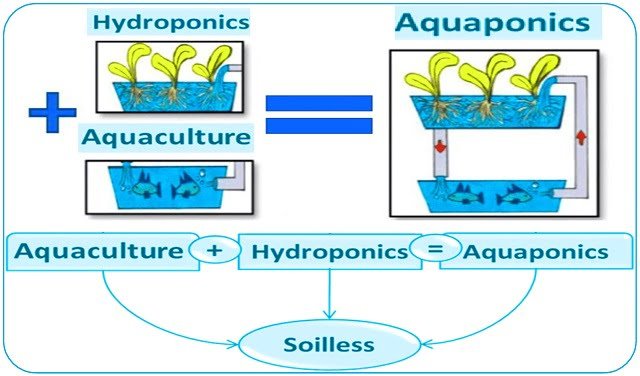Cerdanyola del Vallès, Spain.- A research group from the Institute of Agrochemistry and Food Technology (IATA-CSIC) in Valencia is using scattering techniques at the ALBA Synchrotron to develop new packaging systems made of biopolymers, an environmentally friendly solution for the food industry.
Plastic is the packaging material of most of the food we consume nowadays. This results in a severe problem as common plastics are made of petroleum – a limited resource with highly variable price – and supposes a huge environmental impact – most plastic wastes need more than 400 years to decompose-.
Researchers from the Food Safety and Preservation department of the Institute of Agrochemistry and Food Technology (IATA-CSIC), located in Paterna (Valencia), are looking for more sustainable ways of producing food packaging with appropriate mechanical and chemical properties. They are investigating biopolymers that can be made from biomass such as algae.
“We need to look for alternative sources which do not compete with food. This is why marine resources such as algae and microalgae are very interesting. They proliferate very quickly, grow in a wide variety of environments and do not interfere with food production”, according to Ámparo López-Rubio, researcher at the IATA-CSIC.
Scientists have analysed how adding different microalgae species can modify the properties of starch-based biopolymers. During the process, they have been performing SAXS/WAXS experiments at the refurbished NCD-SWEET beamline of the ALBA Synchrotron, devoted to non-crystalline diffraction. Results show that Spirulina microalgae is a promising alternative for replacing part of the corn starch matrix of biopolymers, as it improves the oxygen and water vapour barrier properties, thus maintaining food in better conditions.
“It should also be highlighted that there is another important advantage of these biopolymers based on microalgae. Their production can be easily scaled-up and applied in industrial processes”, says Marta Martínez-Sanz, another researcher of the IATA-CSIC group.
Reference:
M. J. Fabra, M. Martínez-Sanz, L.G. Gómez-Mascaraque, R. Gavara, A. López-Rubio. Structural and physicochemical characterization of thermoplastic corn starch films containing microalgae. Carbohydrate Polymers 186 (2018) 184-191. https://doi.org/10.1016/j.carbpol.2018.01.039 https://www.sciencedirect.com/science/article/pii/S0144861718300390
Stay Always Informed
Join our communities to instantly receive the most important news, reports, and analysis from the aquaculture industry.
Editor at the digital magazine AquaHoy. He holds a degree in Aquaculture Biology from the National University of Santa (UNS) and a Master’s degree in Science and Innovation Management from the Polytechnic University of Valencia, with postgraduate diplomas in Business Innovation and Innovation Management. He possesses extensive experience in the aquaculture and fisheries sector, having led the Fisheries Innovation Unit of the National Program for Innovation in Fisheries and Aquaculture (PNIPA). He has served as a senior consultant in technology watch, an innovation project formulator and advisor, and a lecturer at UNS. He is a member of the Peruvian College of Biologists and was recognized by the World Aquaculture Society (WAS) in 2016 for his contribution to aquaculture.



